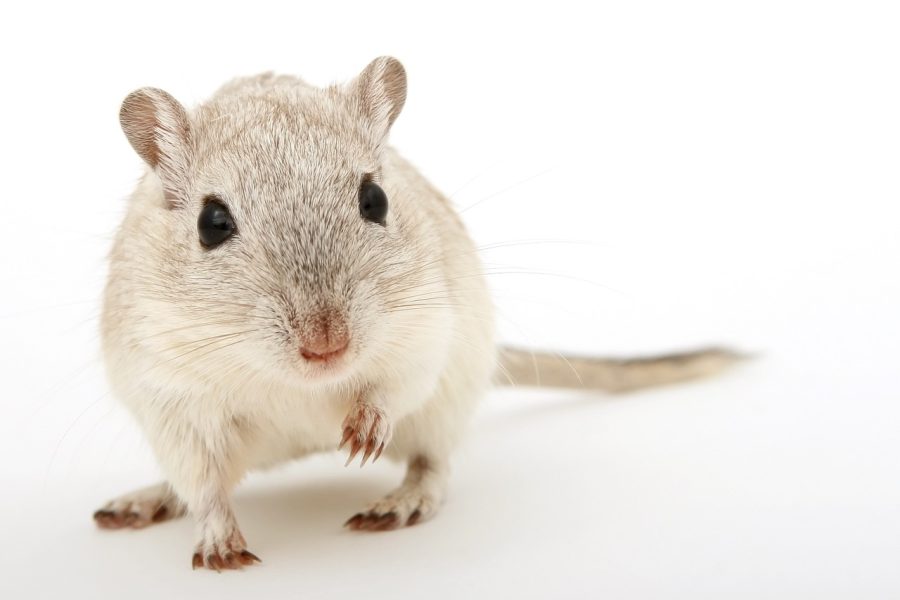
Perhaps the most feared of the rodent family is the rat, and for a good reason. Wild rats are in Virginia and are very dangerous to have in your home. They can do significant damage to your house, and they carry diseases and spread disease. And the damage they create in your home, attic, basement, or crawlspace can be extensive. Rodents will…
- Start fires by chewing on wires.
- Infest your pets with fleas and ticks.
- Tear up the insulation in your attic.
- Ruin your pantry food supply.
- And they can aggravate allergies with their dust, droppings, saliva, and fur.
The most common rats located in Virginia are the Roof rats and the Norway rats.
The Virginia pest control experts have put together this study of the Roof and Norway rats wanting to gain entry into your home and yard. If you notice any of the following hanging around a bit too much, call for professional help. James River Pest Solutions is here to help remove unwanted pests from your home.

The Roof Rats are in Virginia
This rat is called a roof rat for apparent reasons, as it likes to make its home in high places. Often referred to as black rats or ship rats, roof rats are the smaller and sleeker of the two common rat varieties. And unfortunately, now found worldwide, roof rats are believed to be from Southeast Asia. But today, they are common in coastal states and tropical regions; thus, Virginia is perfect for roof rats.
Appearance:
The roof rat is a brown and black-bodied rat with a long thin scaly tail longer than the body itself. The coloration of this rat may be black, brown, or whitish gray, and they have large ears and eyes with a pointed nose. Their fecal matter is helpful in identification and measures about ½ inch with one pointy end.
- Length: head and body can grow 6 to 8 inches.
- Tail length: Same as the body or a bit longer, 6 to 10 inches.
- Weight: between 5 and 12 ounces.
Behavior:
The roof rat can be seen balancing on high wires and tree branches to get to roofs and treetops. Now, these rats are highly adaptable, but they prefer to live in areas like attics, buildings, garages, rafters, ceilings, trees, and even walls.
Diet:
The omnivorous roof rat will eat almost anything they find. However, they prefer to eat fruits, nuts, acorns, seeds, grains, tree bark, and some meats like snails. In addition, they are food hoarders and will stash their food supply in their homes.
Reproduction:
The roof rat reaches sexual maturity around 2 to 5 months, and females can have four to six litters per year. Each litter can have six to eight young. As you can see, one rat can turn into a rat infestation in no time. What’s more, female rats are known to have up to 40 rat babies per year! And you can imagine what a real problem that would be if they were in your home attic.
The Roof Rat Carries Dangerous Diseases
Like most vermin, rats carry dangerous diseases that can affect humans through their urine and feces. Other than salmonella, the most well-known diseases transmitted by rats include leptospirosis, rat-bite fever, and Weil’s disease.

The Norway Rats are in Virginia
This variety goes by several names, including common rat, street rat, sewer rat, wharf rat, Hanover rat, Norway rat, Norwegian rat, and Parisian rat. However, the Norway rat is believed to have originated in China and can be found worldwide today.
These rats are very active, found hiding under floors, foundations, decks, and in the trash. They have tails shorter than their bodies and get about 16 inches long. Unfortunately, Norway rats typically live where humans live and especially love the urban areas where there is plenty to eat.
Norway rats are Norway or grayish with lighter bellies, but they can also be black or red-brown in color. As one of the largest of the rats, here are a few facts about Norway rats.
- Length: head and body can grow up to 11 inches.
- Tail length: Just shorter than the head and body length.
- Weight: between 5 and 17 ounces.
They have excellent hearing and sense of smell, which is suitable for rats, as their vision is not very good. Interestingly enough, they can see colors. Contact James River Pest Solutions immediately if you have seen a Norway rat on your property or in your home.
Diet:
Norway rats are omnivorous and will eat just about anything, which is why they thrive in urban settings. They prefer to eat grains, vegetation, and seeds.
Reproduction:
Norway rats begin breeding at five weeks of age and will continue until two years old. Females are fertile approximately every three weeks and produce up to five litters of 6 to 20 babies per year. So, you see how you could end up with a full-blown infestation of rats in a brief time? No one wants that.
Roof and Norway Rats Are in Virginia, But Are They Dangerous?
Yes, both rats are dangerous when in your home. Below are only some of the issues they will create when unnoticed and are not removed promptly.
Damage to the Home
Not only are rats plain dirty, but they can cause damage to the very structure of your home as well.
- Structural damage to your home includes using the house as a bathroom and a nest, and more. Where they use the home as a latrine, the drywall or wood becomes permanently contaminated as it soaks through. Then, if they chew at the beams in the attic or flooring, you have a more significant issue.
- Chewing electrical wires to file their long teeth causes shortages in power and may strike up electrical fires.
- They can chew through steel, concrete, aluminum, wood, and plastics with their razor-sharp teeth.
Food Contamination
Disgusting to think about, but when rats get into your food supply, they contaminate the entire pantry with their shed fur, feces, and urine. And unknowingly eating contaminated food with rat feces or urine can lead to a bacterial infection such as salmonella poisoning.
Those Hitchhiking Secondary Rat Pests
Fleas and ticks are considered secondary rat pests as they travel into your home with the rodent. So, if you are experiencing a rat problem, you likely have ticks and fleas along with the rats. Then, your pets are in danger as well as you and your family since they carry diseases and more.

Preventing Rats in Your Virginia Home
Keeping rats out of your Virginia home is imperative to the health of your home and family. You can help keep them out by following a few steps for prevention.
- Keep a tight lid on all trash cans, so they do not see them as a food source.
- Clear clutter from the yard, garage, and shed. This eliminates hiding places.
- Remove attractors like bird feeders and outdoor pet bowls.
- Seal all the possible entry points.
- Hire a professional to inspect the area for those entry points and attractors.
At James River Pest Solutions, we can make certain entry points in your roofing, siding, exhaust vents, cracked weather stripping, and other areas are sealed, and that rodents cannot enter the building.
So, whether you are experiencing an emergency that needs to be dealt with, need an inspection, or any pest control services in between, we offer the professional assistance you deserve.
Contact James River Pest Solutions for all your pest elimination needs.